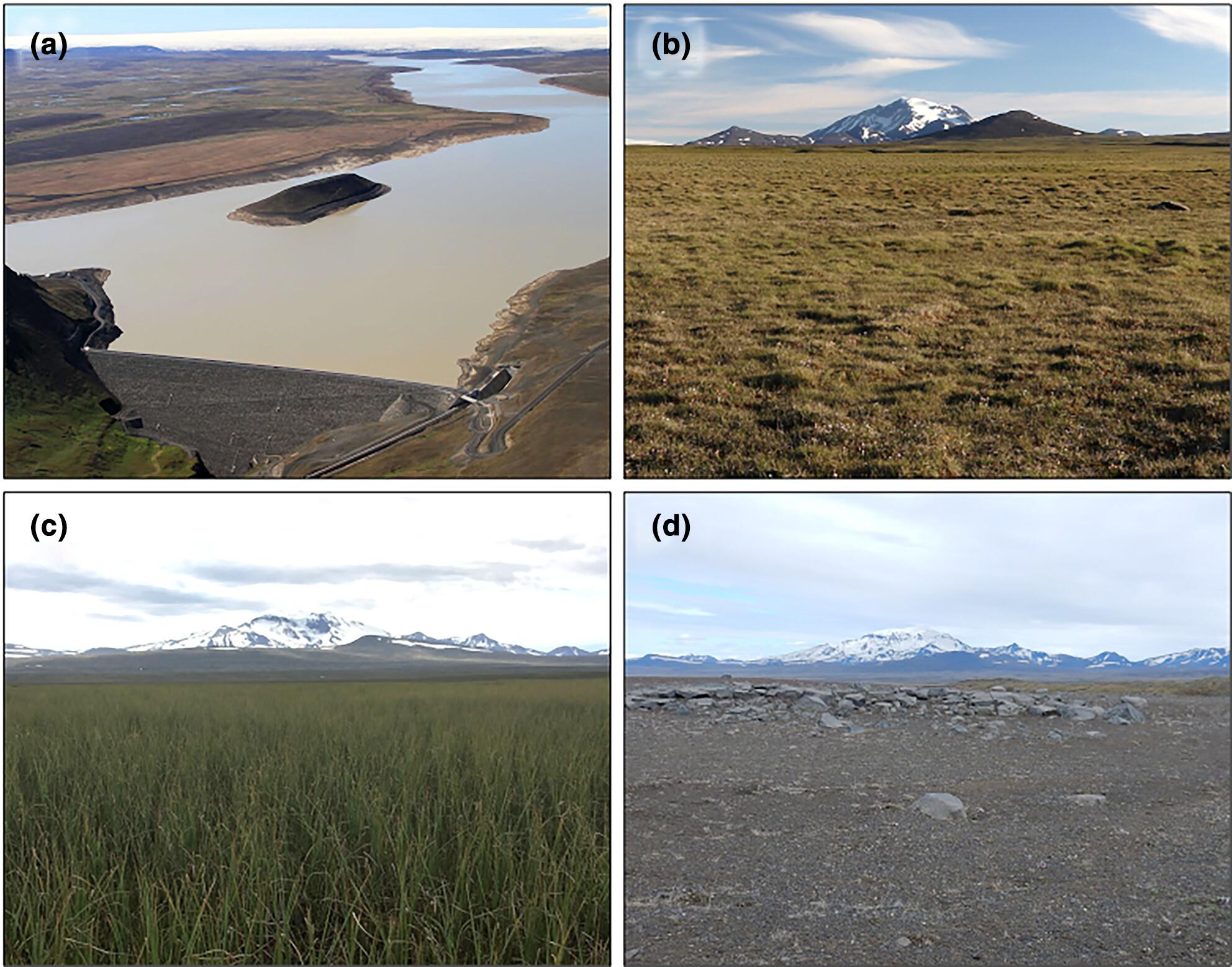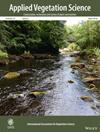Decadal vegetation changes in a subarctic-alpine ecosystem: Can effects of Iceland's largest hydropower reservoir, climate change, and herbivory be detected?
Abstract
Aims
While plot-based vegetation surveys provide means to precisely track changes in plant species abundance and distribution, ecosystems are continuously influenced by numerous drivers, confounding interpretation of monitoring results. Following the making of Iceland's largest hydropower reservoir in 2006, a decadal vegetation monitoring was set up. Relating our results to those of different types of environmental monitoring associated with the hydropower project, we aimed to gain insights into the forces driving the spatio-temporal vegetation pattern.
Location
Subarctic-alpine area near Hálslón reservoir, East Iceland.
Methods
At the time of its making, we conducted a baseline plant survey in a total of 72 plots, spread around Hálslón reservoir's vicinity (each containing ten 0.25 m2 subplots). Plots were located in three different habitat types (heathlands, wetlands, poorly vegetated land), at three different sites regarding direction and distance from the reservoir. A decade later, we resurveyed the plots and reviewed the results of other environmental monitoring projects in the area, mostly presented in the gray literature.
Results
Temporal changes in vegetation were mostly inconsistent between and within habitat types, but some general trends were noticed, that is, decreased lichen and fern cover in heathlands. Distance from the reservoir did not significantly affect changes in vegetation cover. The greatest overall changes were detected where great changes in herbivore land usage had been recorded during the study.
Conclusions
Direct effects of Hálslón reservoir on vegetation in our study plots were not noticed. Most likely, the reservoir indirectly impacted vegetation in our study through loss of grazing area, affecting herbivore land usage, coupled with an unrelated population growth of two of the area's main wild herbivores before and during the study period. Response to climate change was not detected, potentially concealed by substantial land-use change and a short study period.


 求助内容:
求助内容: 应助结果提醒方式:
应助结果提醒方式:


